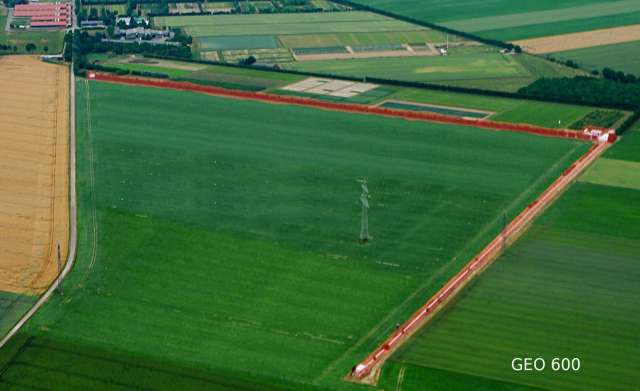Gravitational Wave Detectors
(the ground-based version)
The direct detection of gravitational waves is one of the grand experimental challenges of today. After more than three decades of research and development in gravitational-wave detectors, at last, the first detection of a gravitational wave on Earth is expected in the near future. Gravitational-wave detections can be considered as a link between astronomy and cosmology on one side and gravitational physics and general relativity on the other. By itself it involves a new type of instrumentation, which, like in particle accelerators or telescopes, manifests itself in large experimental constructions designed and build by international communities.
Ground-based gravitational wave detectors, like GEO 600 shown above, are large L-shaped laser interferometers that can measure tiny distortions of space (space-time) itself.
Gravitational waves stretch space-time
Gravitational waves can emitted from masses when these are accelerated. In order to get waves that are large enough to be detected the amount of mass must be enormous, like an exploding star or two black holes colliding. Such cosmic events are expected to create gravitational waves which travel through space-time like ripples on a pond, stretching and shrinking space and time as they pass. The Processing sketch Stretch and Squash illustrates the distortion that is caused by a GW of such a cosmic event to some test masses located here on Earth.
Michelson interferometers to detect space distortions
Michelson interferometers can be used to measure a length change very precisely by splitting and recombining a laser beam at a central beam splitter. The Processing sketch Michelson Interferometer illustrates how the interference of two laser beams is used in the Michelson interferometer to detect a length change.
The laser, a special light source for the interferometer
The light injected into the interferometers comes from a special light source: an ultra-stable laser. Lasers can provide a very well focused and noise-free light beam, utilising a process called `stimulated emission'. Have a look at the Processing sketch Stimulated Emission to learn how such a laser works.


